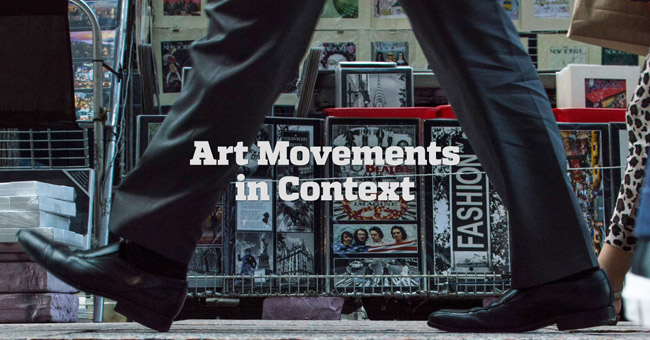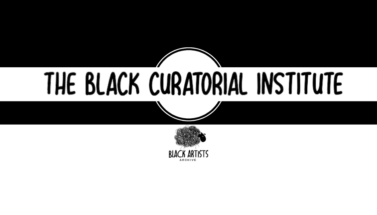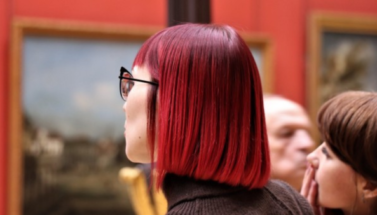Art Movements in Context
Art Movements in Context
Online course by Node Center with Craig Schuftan
Enroll before: Jan 14, 2017
*Holiday Special: 15% discount on this course if you pre-enrol throughout December. Use the following discount code in the payment page: XOXO2017
In this special five week course ‘Art Movements in Context’, Craig Schuftan offers a fresh perspective on post-war art, by looking at five different art movements which dealt, in dramatically different ways, with existential terror, space-age optimism, the triumph of popular culture, and the arrival of mass-society.
In the two decades following the Second World War, the visual arts were transformed by a world in flux. Art and artists had to deal with the arrival of the consumer society, atomic panic, and an increasing disillusionment with the ideals of progress and civilization, growing, side-by-side, with an almost messianic faith in the potential of automation to make a better future.
What role did art have to play in this new world? Should artists stay separate and aloof from mass culture, or dive in and celebrate it, even create it? How could the 20th century artist’s long-standing commitment to revolution be maintained in the face of the cold war? And perhaps most importantly, who, in this new world, was art for – a cultured elite, or a mass population? The present, or posterity? These are the questions that preoccupied artists, critics and curators in the post-war years, questions that still demand attention if we’re to understand the period. How do we today, as artists and art writers, deal with this era, with all its contradictions, crises, and diverging and fragmenting narratives?
Program
Week 1 Abstraction: the inner life and the outside world
Post-war abstraction shows us a view of the society that produced it in negative. The world of things disappears, what we see is psychology, mythology, and a last-ditch attempt to save the European modernist tradition from itself. But it also gave notice of a new role, or roles, for the artist in the post-war world; as a psychic barometer, an exemplar of rugged individualism, or a media star.
Susan Sontag wrote in the 1960s of a ‘new sensibility’ in the post-war world, in which the old divisions between high and mass culture could be erased or abandoned. Optical or ‘Op’ art was the first test case for this proposition, an art tendency with deep roots in the modernist avant-garde, which also proved enormously appealing as mass culture; hanging on museum walls, while simultaneously featuring on album covers and mini-skirts.
“I am one of those” wrote Claes Oldenburg, “who do not wish to escape”. Pop called time on the artist’s outsider stance, and invited painters and sculptors to meet the masses on their own terms, to paint the things that everybody knew and loved. But this seemingly wide-eyed embrace of consumerism meant different things to different artists within the movement: from savage satire, through cool detachment, to cynical careerism.
Like Pop art in reverse, Fluxus called on consumers to be creators, with its central proposition that art is everyday, and ought to be made by everyone. The first truly international art movement, Fluxus also shows the European avant garde making room for the rest of the world; not only as subject matter, but as collaborators. And like its close cousin, the happening, it sought a more immediate and sensual connection with audiences, and rejected the idea of ‘posterity’ by making itself ephemeral, disposable and (occasionally) flammable.
Perhaps the ultimate response to the problem of art in a consumerist society, conceptual art sought to maintain the artist’s independence by severing the idea from the object. As Guy Debord of the Situationist International had predicted in the late 1960s, conceptual art saw the artist re-imagined as a catalyst for action, rather than a maker of luxury goods. But it achieved this at a price: here, the relationship between the artist and ‘the public’, already strained by the permutations of modernism, was stretched to breaking point. Who needed artists who no longer made art?






